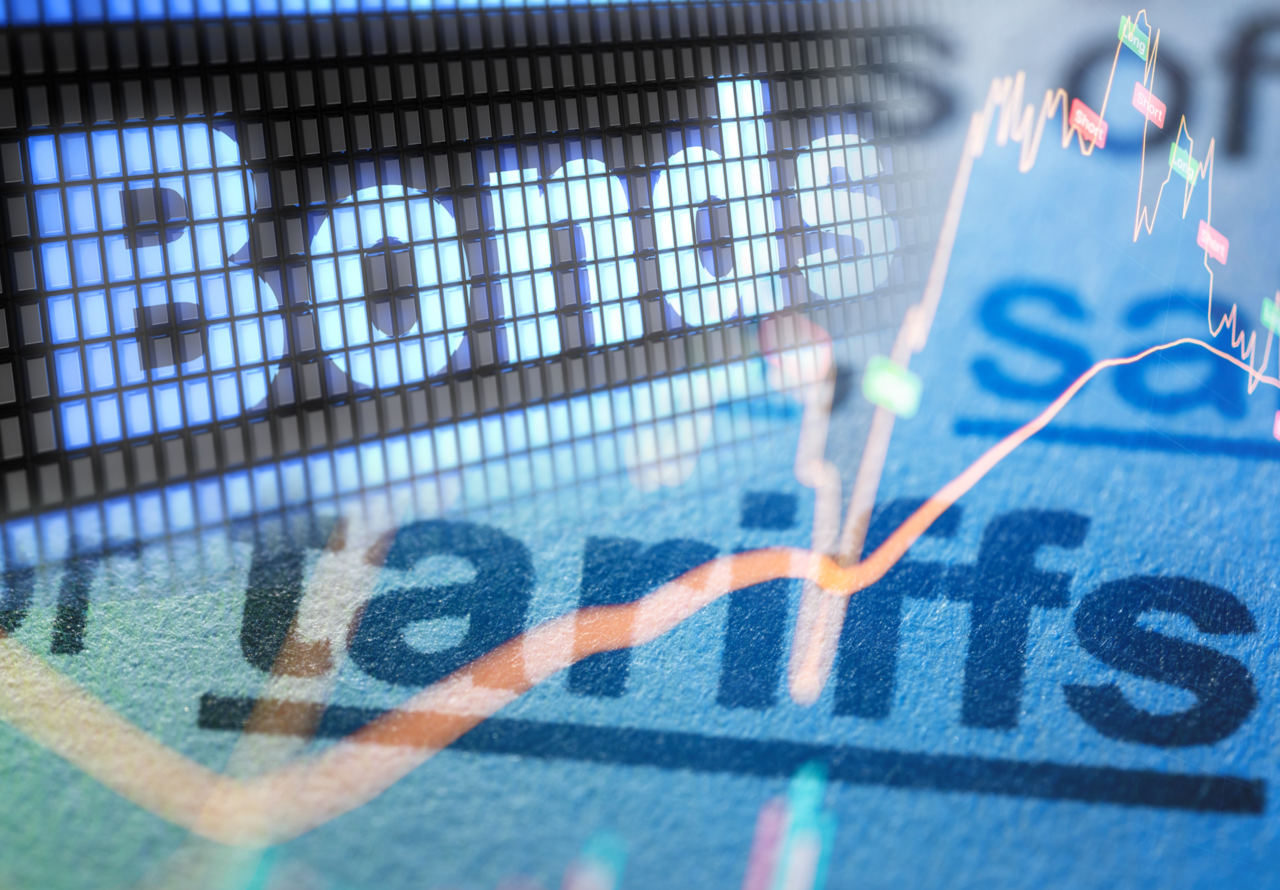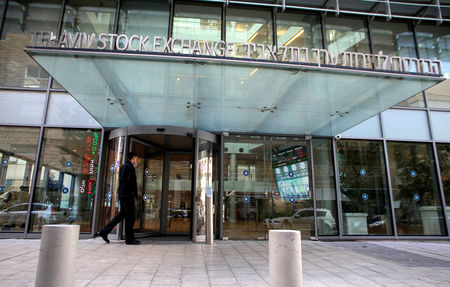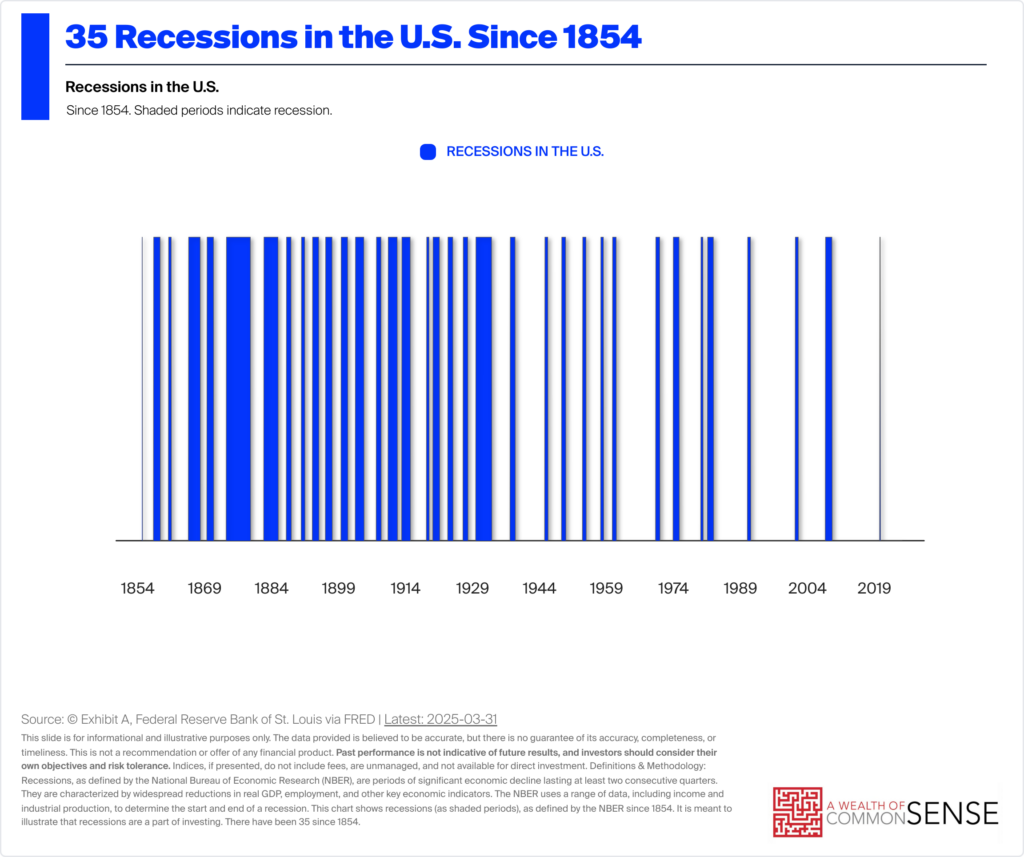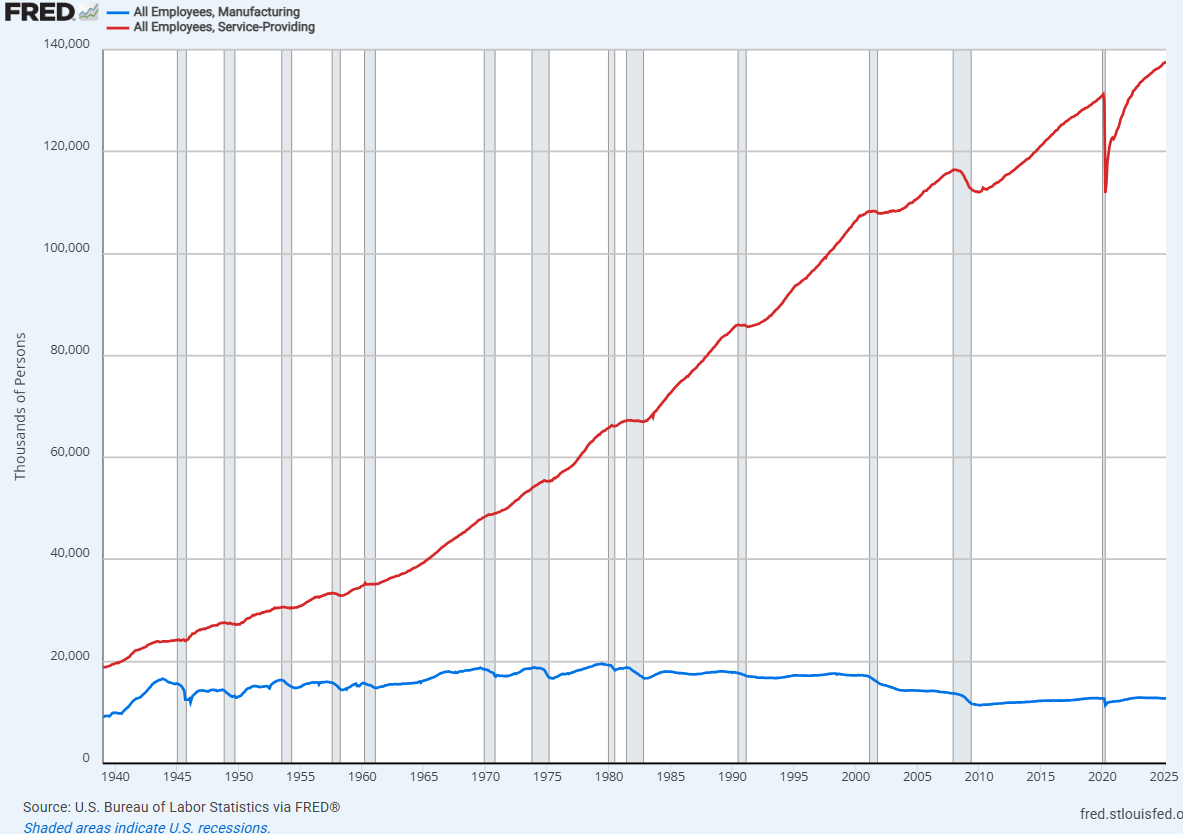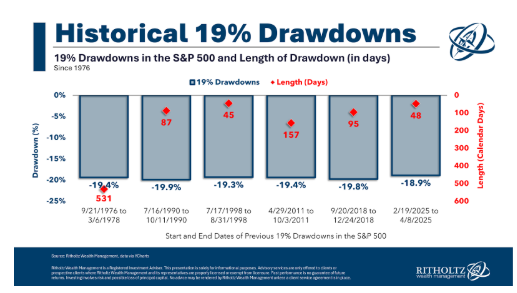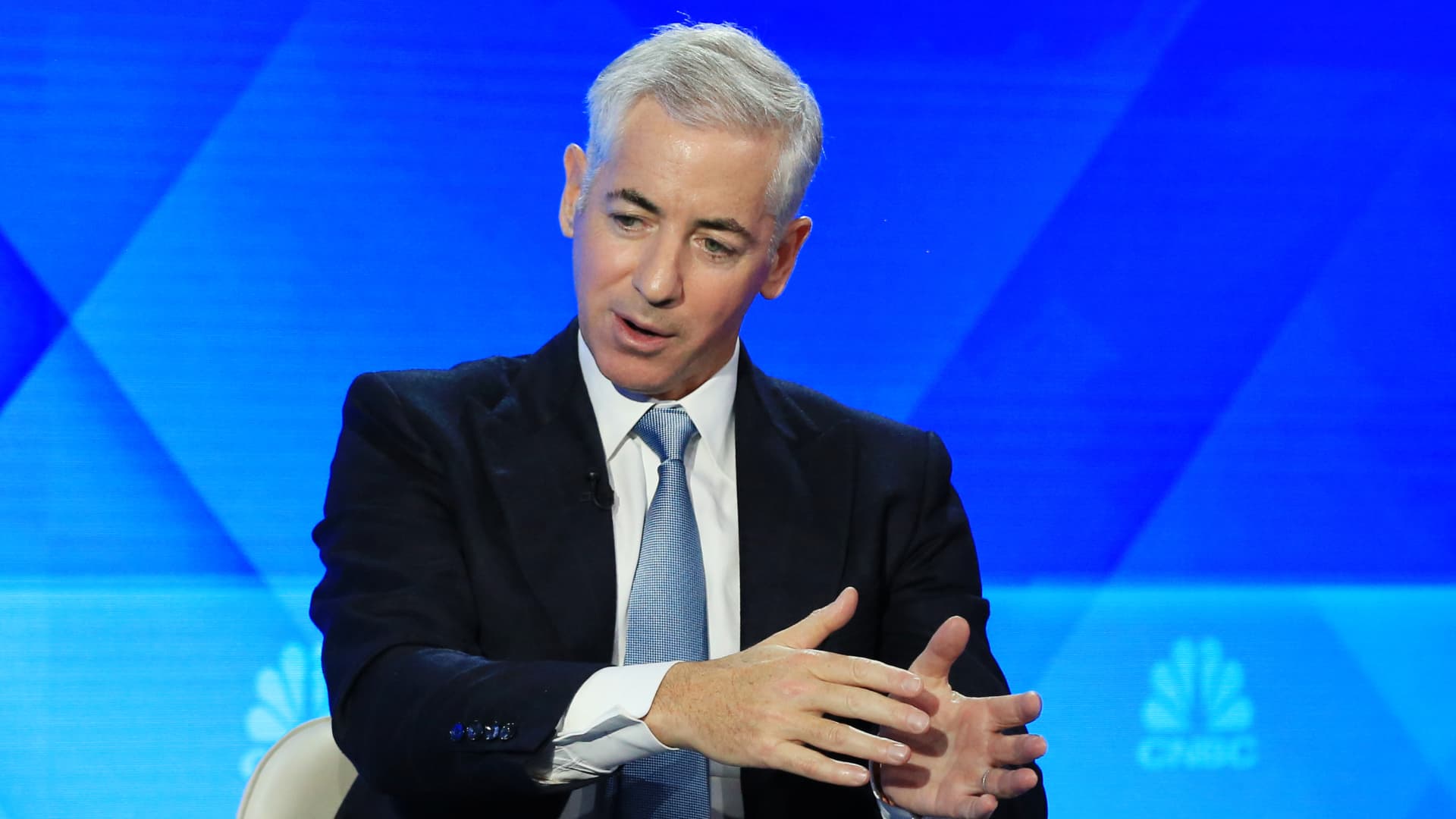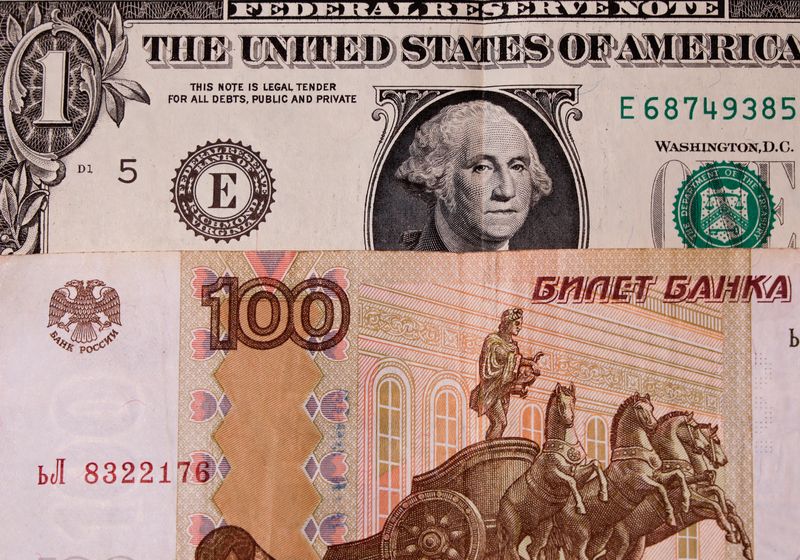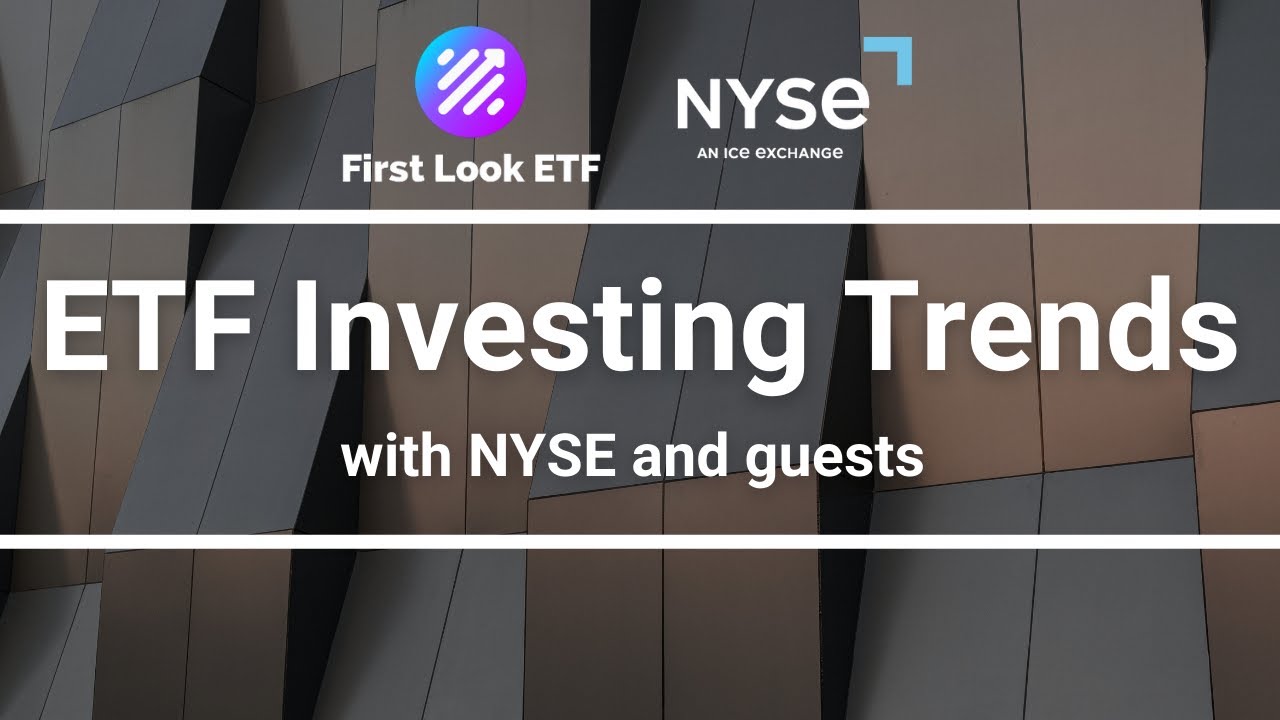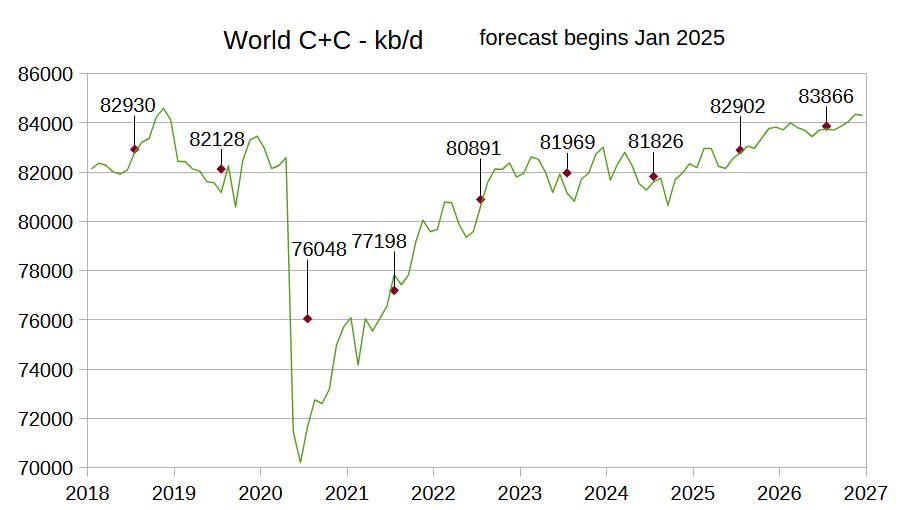VYM vs. VIG: Which Vanguard Dividend ETF Delivers the Best Returns?
Retail investors are looking to add exchange-traded funds (ETFs) to their portfolios to reduce risk and achieve diversification. In January 2025, the global ETF industry saw an inflow of $157.1 billion. There are several ETF options for you to choose from but Vanguard has set a gold standard. It offers low-cost ETFs with a solid […] The post VYM vs. VIG: Which Vanguard Dividend ETF Delivers the Best Returns? appeared first on 24/7 Wall St..
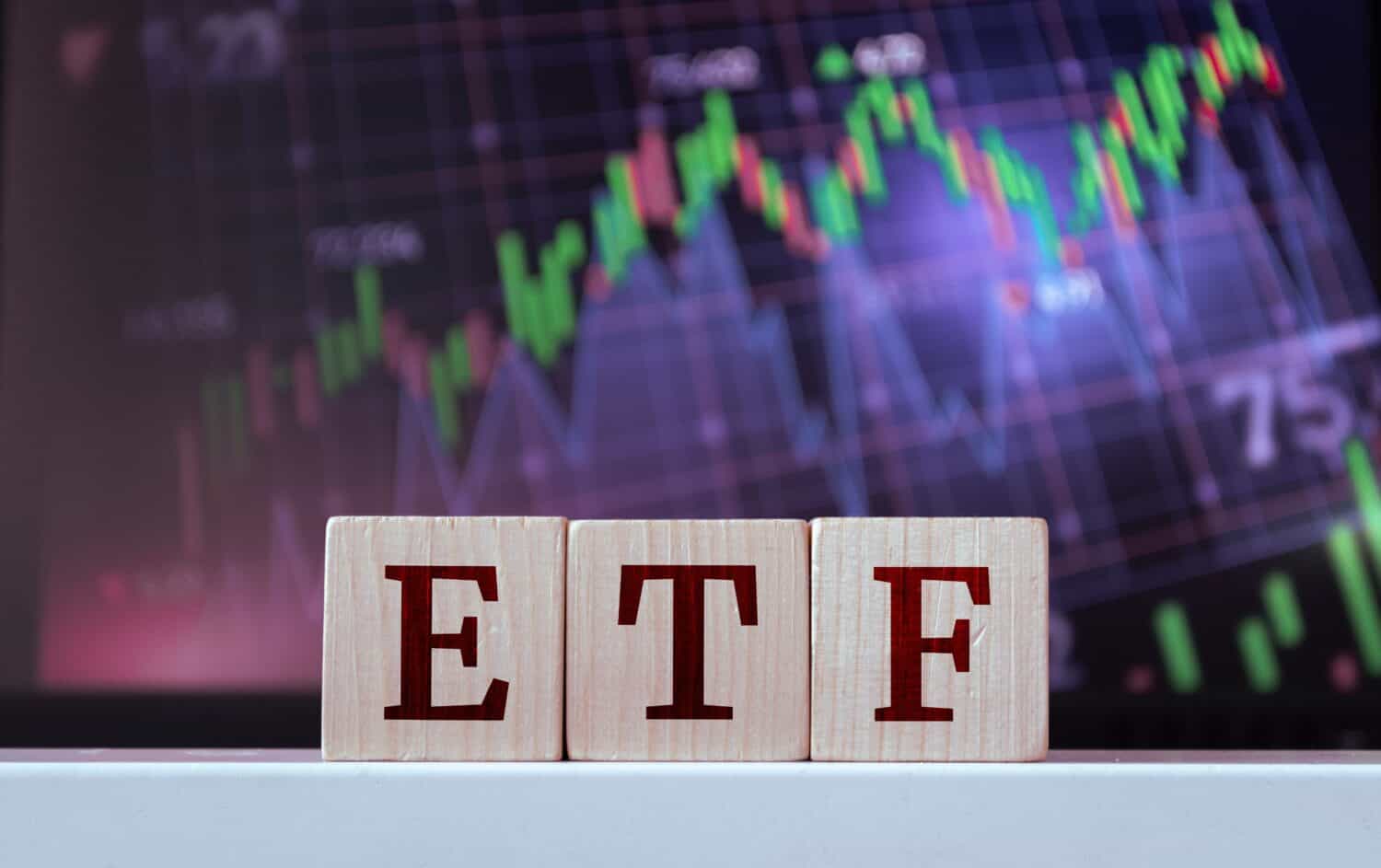
Retail investors are looking to add exchange-traded funds (ETFs) to their portfolios to reduce risk and achieve diversification. In January 2025, the global ETF industry saw an inflow of $157.1 billion. There are several ETF options for you to choose from but Vanguard has set a gold standard.
It offers low-cost ETFs with a solid track record and has attracted investors of all ages. Investors looking for passive income without the risk of investing in individual stocks often pick dividend ETFs for the best returns. With a single investment, you can own several dividend-paying stocks and take home regular income.
If you are keen on adding a dividend ETF to your portfolio, we compare the top two Vanguard dividend ETFs and choose the one with the best returns.
Key points in this article:
- Vanguard is one of the top ETFs of 2025.
- If you are a dividend investor, Vanguard offers two ETFs worth consideration. Both have performed well in the past year and while both are similar, they serve different investors and have very different portfolio allocations.
- If you are looking for a stock with massive upside potential, get your hands on our “The Next Nvidia” report. It has a complete industry map of AI investments and includes many small caps.

Vanguard VYM
Vanguard High Dividend Yield ETF (NYSE: VYM) is an ETF that invests in companies that pay higher-than-average dividends. It follows the FTSE High Dividend Yield Index and is highly diversified. The fund has an expense ratio of 0.06% and offers exposure to many dividend companies across different industries.
While many other funds are heavily focused on the technology sector, this fund will offer deep sector diversification. The fund has an NAV of $133.00 and has generated 15% returns in the year and 61% returns in the past five years. Vanguard VYM owns 530 stocks and has the highest exposure in financials with 23.40% allocation. This is followed by significant holdings in the industrial and technology sectors. The fund has a dividend yield of 2.67% and its top 10 holdings include:
- Broadcom Inc.
- JPMorgan Chase & Co.
- Exxon Mobil Corp.
- Walmart Inc.
- Home Depot Inc.
- Procter & Gamble Co.
- Johnson & Johnson
- AbbVie Inc.
- Bank of America Corp.
- Wells Fargo & Co.
Since its inception in 2006, the fund has performed steadily well. If you are looking for income in the short term, you might find this ETF appealing since it holds companies that have higher dividend yields. A higher yield will provide regular income in the near term but the long-term returns will depend on the market, company performance and dividend yields.
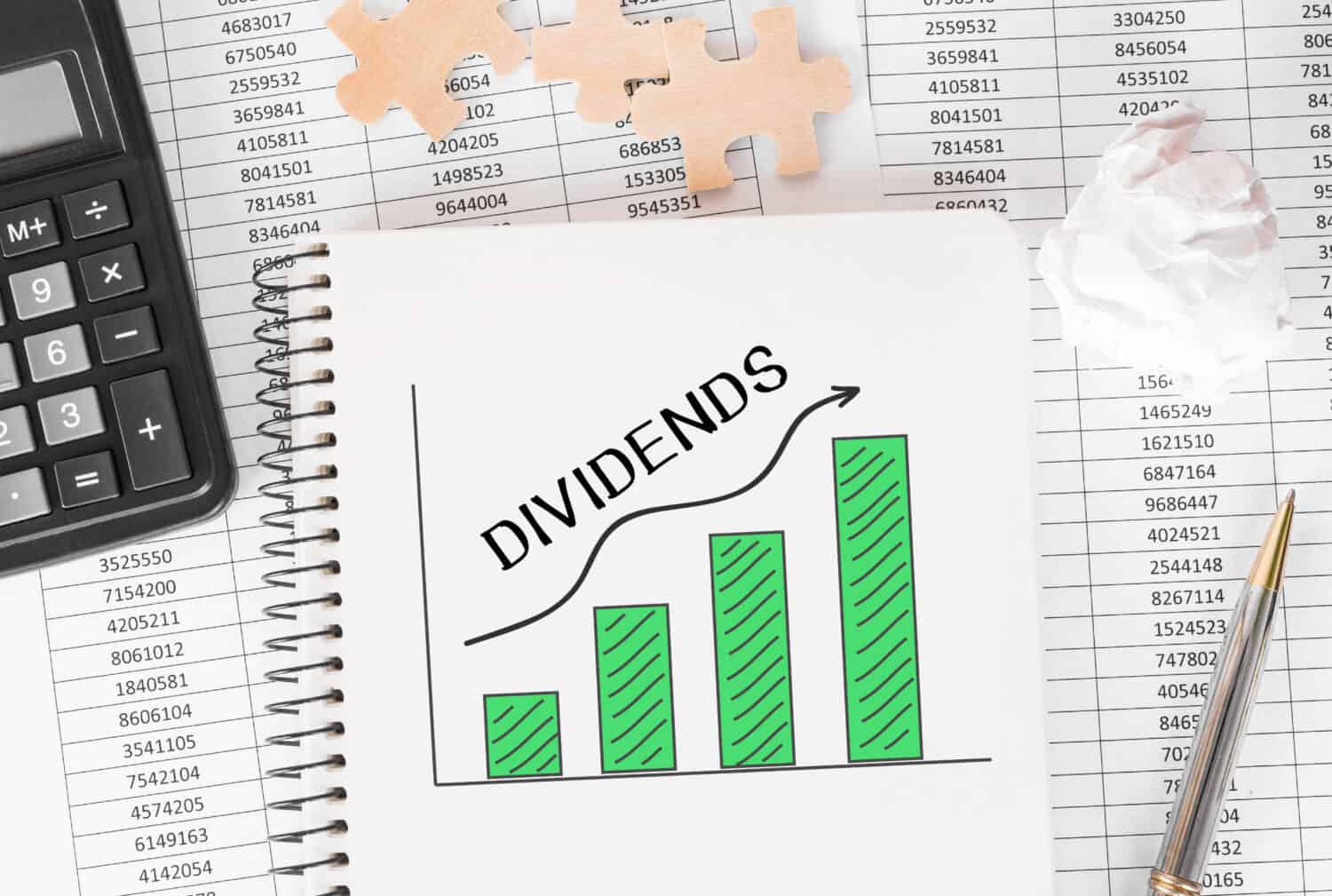
Vanguard VIG
The Vanguard Dividend Appreciation Index Fund ETF (NYSE: VIG) is a fund that tracks the performance of the S&P U.S. Dividend Growers Index. This index consists of those companies that have a record of increasing dividends for at least 10 consecutive years. It heavily focuses on dividend growth. It also has a low expense ratio of 0.05%. The fund has an NAV of $201.46 and holds over 300 stocks. Even in times of a pullback, the fund continues to perform well since it has some of the top companies in its portfolio.
VIG has generated 13% returns in the past year and 75% returns in the past five years. While both the Vanguard funds focus on dividends, VIG specifically focuses on the companies that have increased their dividends. It brings stability to the portfolio and ensures a steady income for investors. The five-year return of VIG is much higher than that of VGM, showing strength and stability even in volatile times.
The ETF focuses on the technology sector followed by financials and healthcare. It allocates 24.90% of the funds to the technology sector. The top 10 holdings of the fund include:
- Broadcom Inc.
- Apple Inc.
- JPMorgan Chase & Co.
- Microsoft Corp.
- Visa Inc. Class A
- UnitedHealth Group Inc.
- Exxon Mobil Corp.
- Mastercard Inc. Class A
- Costco Wholesale Corp.
- Walmart Inc.
The verdict
Both the Vanguard ETFs can provide income and growth to investors but if you are looking for the highest returns in the form of dividends, I’d recommend buying VIG. It holds companies with a track record of increasing dividends for the past decade which makes the holdings more stable and mature. It focuses on U.S. companies that offer steady dividend growth.
VIG also has a more diversified exposure in terms of sectors and holdings in the sectors. VIG has a lower expense ratio as compared to VYM and it will ensure steady returns, low volatility, and the right amount of diversification to your portfolio. Over the long term, Vanguard VIG has delivered steady returns and could continue doing so.
The post VYM vs. VIG: Which Vanguard Dividend ETF Delivers the Best Returns? appeared first on 24/7 Wall St..
















